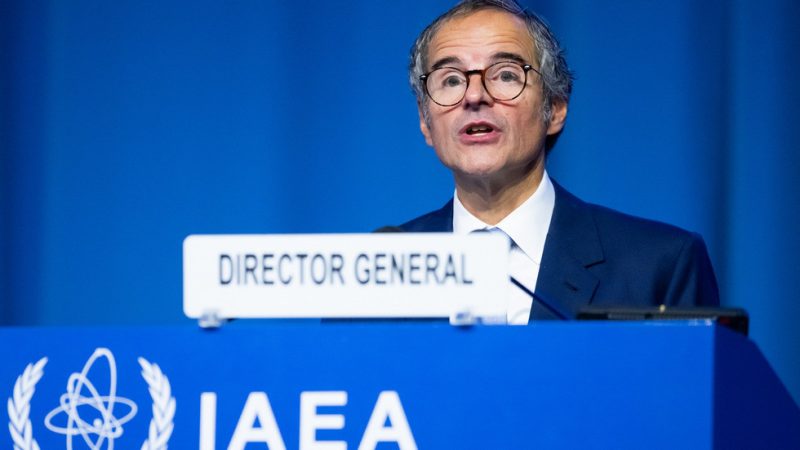
IAEA chief Rafael Grossi recently issued a stark warning: Iran could potentially restart its uranium enrichment program within mere months. This statement follows recent airstrikes on Iranian nuclear facilities by the US and Israel, raising serious concerns about regional stability and the future of the Iranian nuclear deal.
Grossi emphasized that despite the damage inflicted on sites like Fordow, Natanz, and Isfahan, Iran retains substantial technical expertise and industrial capacity. He stated plainly that ‘you cannot disinvent’ the knowledge and capabilities Iran has accumulated over years of development in nuclear technology. Even with significant damage, the existing infrastructure and know-how allow for a relatively swift resumption of enrichment activities.
The IAEA director general’s assessment suggests that a military solution is not a viable path to resolving concerns about Iran’s nuclear ambitions. Grossi firmly believes that a diplomatic agreement is the only lasting solution, expressing hope for renewed access to Iranian nuclear sites for IAEA inspectors. This access has been denied following a recent IAEA report that Tehran claims was unfairly used to justify the airstrikes.
Adding to the complexity, Iran maintains its nuclear program is for peaceful purposes and insists on the right to enrich uranium for civilian use. While US President Donald Trump declared the airstrikes had ‘completely obliterated’ Iranian facilities, reports from US media outlets suggest the damage may be less extensive than initially claimed.
The situation remains tense and volatile. The speed with which Iran could potentially rebuild its nuclear program underscores the urgency for international diplomacy and a negotiated solution. The consequences of failure to achieve a diplomatic agreement are potentially catastrophic for regional peace and global security.










